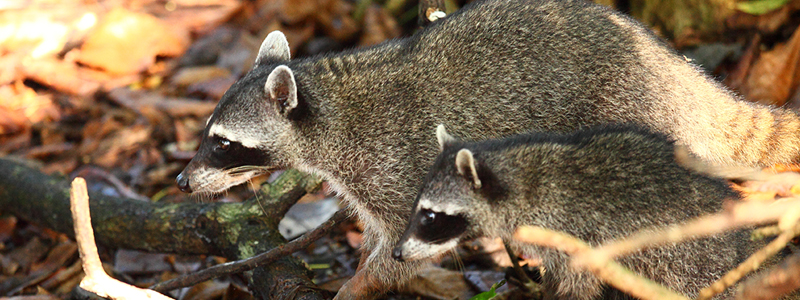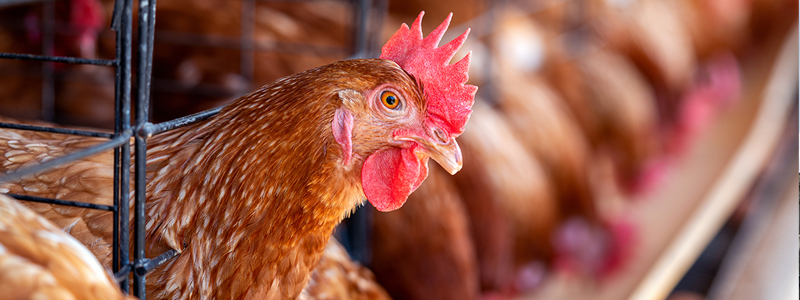BY: SAMANTHA BARTLETT, DVM
On February 13, 2025, the Centers for Disease Control and Prevention (CDC) published the results of a study entitled, “Seroprevalence of Highly Pathogenic Avian Influenza A(H5) Virus Infections Among Bovine Veterinary Practitioners.” The aim of the study was to determine the risk of infection with highly pathogenic avian influenza in veterinarians who work with cattle.
Among 150 veterinarians tested for the study, 3 bovine veterinarians were found to be unknowingly infected with H5N1. Two of those practitioners had not been exposed to animals that had a confirmed or suspected H5N1 infection. One veterinarian did not practice in a state with confirmed H5N1 infected cattle.
The authors of the study stated, “These data highlight the possible benefit of national seroprevalence assessments of recent HPAI A(H5) infection among practitioners at increased risk for exposure, which might help assess occupational risk in states without confirmed HPAI A(H5) virus detections in dairy cattle.” The study is a joint effort between the CDC, American Association of Bovine Practitioners (AABP) and the Ohio Department of Health (ODH).
Data was obtained by study staff members from the CDC and ODH at the 2024 AABP conference in September. They specifically searched for attendees who had worked with cattle during the previous three months. These attendees were asked about their exposure to various species of animals, personal protective equipment they used around these animals and if they were vaccinated for seasonal influenza. Blood samples were obtained by CDC epidemiologists to test for antibodies against HPAI.
Participants were veterinarians that practiced in 46 states and Canada. More than half reported practicing in states with H5N1 positive dairy herds and 17% had worked with cattle with known or suspected H5N1 infection.
Of the three veterinarians with H5N1 antibodies detected, none had reported respiratory or flu-like symptoms nor had they been tested for influenza since January 2024. Further, none had worked with dairy cattle confirmed or suspected to have H5N1 infections although one practitioner did work with poultry confirmed to be infected with H5N1. All three stated they wore gloves oar a clothing cover when providing care to cattle but none had used respiratory or eye protection.
Since this study, the outbreak has continued to expand and affect more people in the United States, mostly in those exposed to diary cows and poultry that have been infected. The USDA recommends practicing rigorous biosecurity. USDA also has financial assistance for herd owners to help implement and maintain biosecurity practices in the face of this virus. Veterinarians and other workers who work closely with cattle and poultry should wear protective equipment to include respiratory and eye protection.











